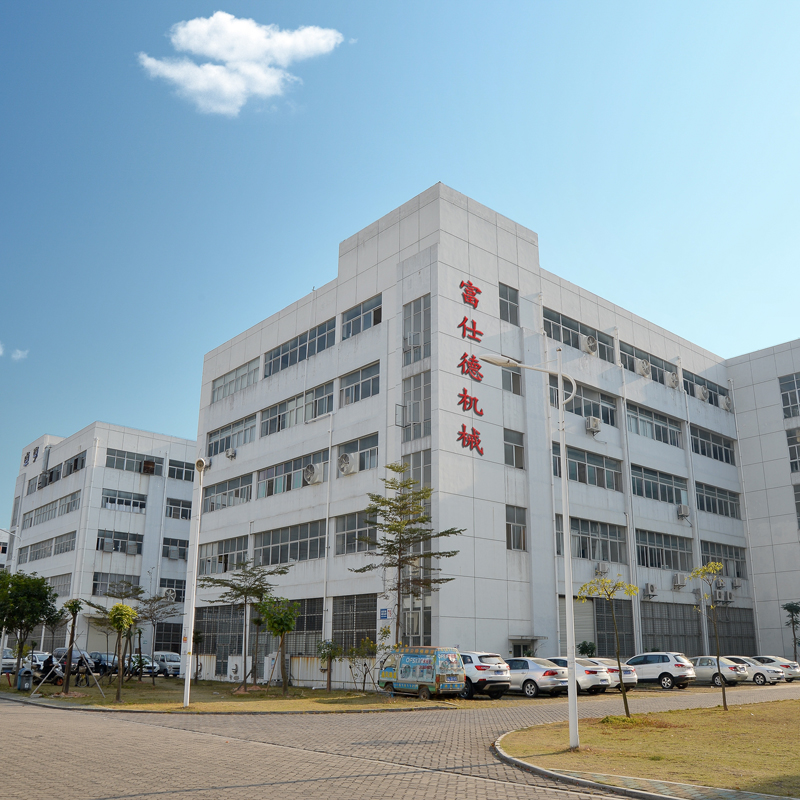News classification>>
A job that suffers from loss: labor shift in the era of automation
McKinsey released the latest report, “The Work of Losing: Workforce Change in the Age of Automation,” assessing the number and types of jobs that could be created by 2030 and comparing them to jobs that might have been lost due to automation.
In theory, automation can lead to a halving of global work using currently proven technology, but less than 5% of work can be fully automated.
In about 60% of jobs, at least one-third of the work can be automated, which means that all staff will face tremendous changes.
Although the feasibility of automation technology is important, it is not the only factor that affects the speed and extent of automation adoption. The cost of developing and deploying specific-purpose automation solutions, labor market dynamics, the benefits of automation, and regulatory and social acceptance will all affect the popularity of automation.
With these factors in mind, McKinsey believes that global working hours will be reduced by 0-30% by 2030, depending on the speed of automation.
The potential impact of automation on employment varies by occupation and industry. The most vulnerable are physical activities in a predictable environment, such as operating machines and preparing fast food. Collecting and processing data is more likely to be done quickly through machines, such as mortgage services, paralegals, accounting, and back-office transactions.
However, even if these tasks are done automatically, it does not mean that the profession is degraded, and the people who do the work can perform new tasks.
Conversely, automation has less impact on managers, application expertise, and social interactions, and machines are currently not comparable to human performance.
On the other hand, McKinsey also analyzed new labor demands and created jobs in 2030.
Income and consumption growth. Global consumption is expected to grow by $23 trillion between 2015 and 2030, most of which comes from the consumer class in emerging economies. From the perspective of the impact of consumer income growth, it can create 200-280 million new jobs.
Aging population. By 2030, the global population over the age of 65 will increase by at least 300 million over 2014. This will stimulate a range of professional markets such as doctors, nurses and health technicians, family health assistants, and personal care in many countries. It is expected that aging will generate between 50 million and 85 million jobs.
Technology development and deployment. Work related to the development and deployment of new technologies is also likely to grow. Between 2015 and 2030, total technology spending can grow by more than 50%, creating 20 to 50 million jobs worldwide.
Other trends in job creation include infrastructure and construction investment, new energy and climate adaptation investments, and marketization of domestic labor.
McKinsey also predicts that by 2030, 400-800 million labor will be automatically replaced, and 75 million -375 million people need to change jobs and learn new skills. This figure may seem huge, but it is still small compared to the urbanization of tens of millions of rural people in China over the past 25 years.
Taking history as a guide, McKinsey estimates that in 2030, 8-9% of labor demand will be a new type of work that does not currently exist.





















